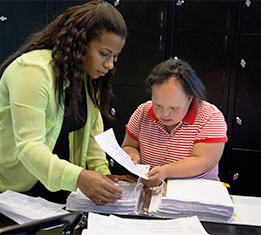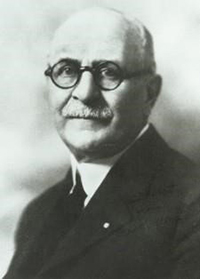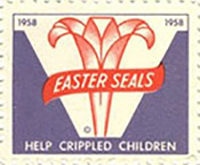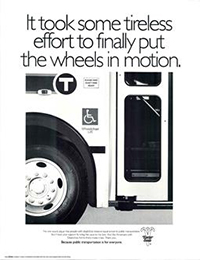 Easterseals offers indispensable resources to individuals and families living with a disability. Our best in class, inclusive services are provided through a network of 73 local Easterseals in communities nationwide, along with four international partners in Australia, Mexico, Puerto Rico and Canada. Easterseals offers hundreds of home and community based services and supports—categorized into five distinct support areas: Live, Learn, Work, Play and Act.
Easterseals offers indispensable resources to individuals and families living with a disability. Our best in class, inclusive services are provided through a network of 73 local Easterseals in communities nationwide, along with four international partners in Australia, Mexico, Puerto Rico and Canada. Easterseals offers hundreds of home and community based services and supports—categorized into five distinct support areas: Live, Learn, Work, Play and Act.
Nationally, Easterseals is committed to supporting the more than 1.4 million people it serves each year and is prepared to respond to the needs of the one in four Americans living with disability with outcomes-based services for all disabilities throughout the lifespan.
The services provided by Easterseals Southern California (ESSC) – in Los Angeles, Orange, San Diego, Imperial, Kern, San Bernardino, Riverside and Ventura counties – make profound and positive differences in people's lives every day, helping them address life’s challenges and achieve personal goals so that they can live, learn, work and play in our communities. With 2,800+ employees, 60+ service sites and hundreds of community partnership locations, ESSC assists more than 13,000 people, providing adult/senior day services; autism therapy; child development/early education; employment services, independent living options; and more.
Easterseals has also served transitioning military, veterans and their families and caregivers since WWII and continue to be the “go to” resource for them to help ensure their successful transition to civilian life. ESSC is proud to provide veteran employment support locally via our Bob Hope Veterans Support Program.
Tragedy Leads to Inspiration

In 1907, Ohio-businessman Edgar Allen lost his son in a streetcar accident. The lack of adequate medical services available to save his son prompted Allen to sell his business and begin a fund-raising campaign to build a hospital in his hometown of Elyria, Ohio. Through this new hospital, Allen was surprised to learn that children with disabilities were often hidden from public view. Inspired to make a difference, in 1919 Allen founded the National Society for Crippled Children, the first organization of its kind.
The Birth of the Seal
In the spring of 1934, the organization launched its first Easter "seals" campaign to raise money for its services. To show their support, donors placed the seals on envelopes and letters. Cleveland Plain Dealer cartoonist J.H. Donahey designed the first seal. The lily - a symbol of spring - was officially incorporated as the National Society for Crippled Children’s logo in 1952 for its association with new life and new beginnings.
Expansion of the organization
In 1945, the vision was expanded across the country to communities nationwide when services were opened to adults and returning WWII veterans.
Easterseals Emerges

The overwhelming public support for the Easter "seals" campaign triggered a nationwide expansion of the organization and a swell of grassroots efforts on behalf of people with disabilities. By 1967, the Easter "seal" was so well recognized, the organization formally adopted the name "Easter Seals."
Americans with Disabilities Act
 Prior to the passing of the ADA on July 26, 1990, Easterseals was a leading advocate for the American Disabilities Act (ADA) and actively lobbied in Washington and across the country for its adoption. After the passing of the ADA, Easterseals worked tirelessly to ensure that all people are empowered to access their rights under the ADA. Read more about Easterseals history with the Americans with Disabilities Act.
Prior to the passing of the ADA on July 26, 1990, Easterseals was a leading advocate for the American Disabilities Act (ADA) and actively lobbied in Washington and across the country for its adoption. After the passing of the ADA, Easterseals worked tirelessly to ensure that all people are empowered to access their rights under the ADA. Read more about Easterseals history with the Americans with Disabilities Act.
The next 100 years
In 2019, Easterseals celebrates 100 years of impact in the lives of individuals with disabilities or other special needs, their families and communities throughout America as a powerful advocate and leading provider of innovative services. In marking this milestone, Easterseals reflects on its legacy of delivering equality, dignity and independence to people with disabilities while embracing a future where every one of us is 100% included and 100% empowered.

